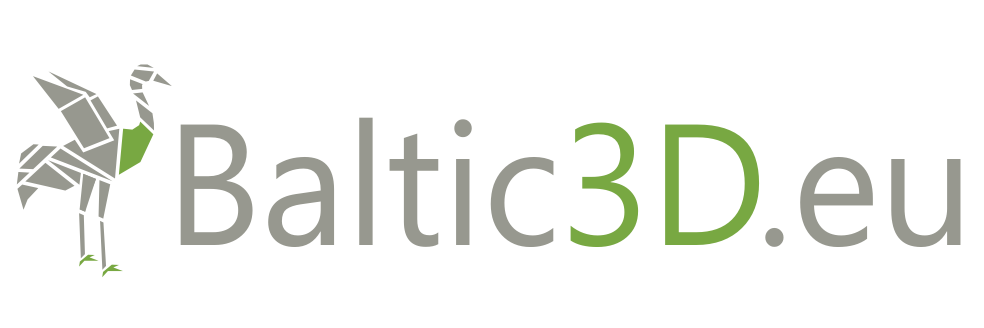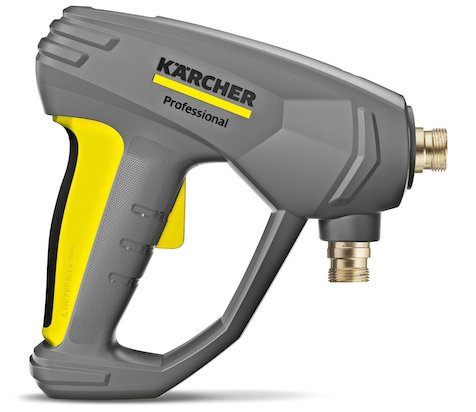
Prototyping with Baltic3D
From Concept verification to Functional performance within days
Baltic3D specializes in manufacturing functional prototypes from ASA, PC-ABS and high performance thermoplastics like ULTEM. It’s our main advantage working with Stratasys FDM and PolyJet technology. Hundreds of customers build their prototypes using simple 3-step process:
Form
Concept verification. We help you to rapidly build the initial product concepts. This is the stage where designers try to “fail fast” and at the lowest cost possible in order to find the right form, size and orientation of their product.
2. Fit
Design Verification. We help you to build rapid samples to evaluate and determine the precise fit, while advancing and refining the visual form of a prototype.
3. Function
Functional Test. We help you to validate if Your design meets the functional requirements. Here the product’s usage is tested under real world conditions giving designers and engineers the confidence to move to manufacturing.
Carbon fiber-reinforced nylon prototype
with end-product properties
FDM print, manufactured in less than 12 hours
Multimaterial and multicolor product prototype for Karcher
PolyJet print, manufactured in less than 24 hours
Main benefits of rapid prototyping using 3D printing:
Get if FAST. You can get your prototype printed from rigid thermoplastic or multiple materials with rubber-like and transparent properties; it takes less than 48 hours
Get it FUNCTIONAL. High-performance materials allow to print parts with end-product properties: high precision, rigidity, heat and chemical resistance
Get it REAL. PolyJet technology allows to 3D print with multiple materials and various colors as a single part. You get the appearance and feel of the real end-product
Large complex parts. You can print prototypes up to 1 meter in size with complex structures. Hardly any technology in the world can beat that
Lightweight infills. Solid structures can have sparse infills: air pockets which reduce the weight of the prototype, material cost and production time
Design freedom. When it comes to ergonomics, engineers are not limited by the limitations of the traditional manufacturing like CNC machining
“Baltic3D prototyping for railroad companies has generated a number of components that will greatly benefit from reduced weight, ergonomic design and user-friendly interfaces. With transport-certified material ANTERO™, Baltic3D can manufacture interior parts for buses, trains, and other public transportation, that comply with EU transport regulations.”
— Janis Jatnieks, CEO






